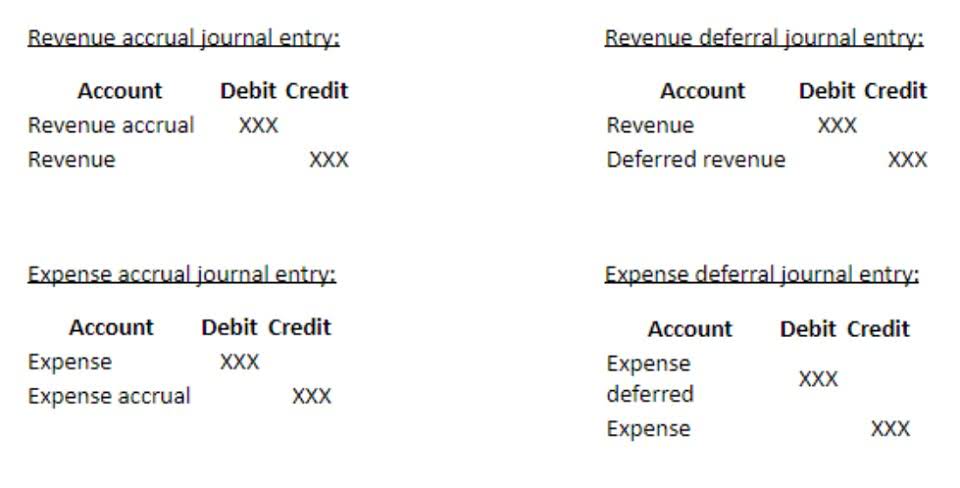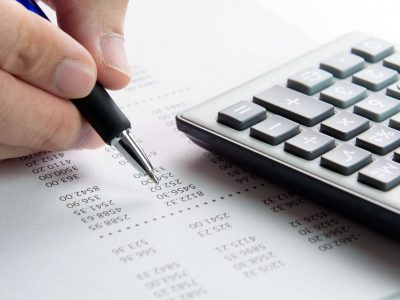
This annuity has an annual compound interest of 8% and he wants to know how much he would get at the end of year 5. As you are aware, to get the future value interest factors of an annuity due, we need to multiply the future value interest factors of an ordinary annuity by (1+i). The steps required to solve for the future value of an annuity due are almost identical to those you use for the Cash Flow Management for Small Businesses ordinary annuity.
- You might also be interested in learning how to calculate the present value of an annuity.
- While annuities are only issued by life insurance companies, they can also be sold by other entities such as banks and financial planners.
- The following year, however, the account total is $1,100 rather than $1,000.
- Working with an adviser may come with potential downsides, such as payment of fees (which will reduce returns).
- The interest rate is called a discount in this equation because it represents the value lost when set payments aren’t increasing with the market.
- Deferred annuities function more like 401(k)s in that policyholders make regular premium contributions over a long period before they start receiving payments.
Why Calculate Present and Future Value?
Present value and future value indicate the value of an investment looking forward or looking back. The two concepts are directly related, as the future value of a series of cash flows also has a present value. For example, a present value of $1,000 today may be equal to the future value of $1,200 today.
- The annuity will also stop upon the beneficiary’s death unless the contract allows them to transfer the annuity to an heir.
- This is different from the present value of an annuity calculation, which gives you the current value of future annuity payments.
- “Present value” and “future value” are terms that are frequently used in annuity contracts.
- The present value of an annuity is the sum that must be invested now to guarantee a desired payment in the future, or if the annuity is already owned, it’s the amount you would get if you cashed out.
- When you sit down to plan for retirement, more likely than not, you will calculate the future value of an annuity.
- Each year after the first year, you get an interest payment from the annuity.
Accounting Ratios

We are not a comparison-tool and these offers do not represent all available deposit, investment, loan or credit products. ((1+i)n -1) /i is the detail of FV interest factors of an ordinary annuity. Future value can also handle negative interest rates to calculate scenarios such as how much $1,000 invested today will be worth if the market loses 5% each of the next two years. Future value annuity tables are one of many time value of money tables, discover another at the links below.
How To Calculate the Present and Future Value of an Annuity

All else being equal, the future value of an annuity due will be greater than the future value of an ordinary annuity because the money has had an extra period to accumulate compounded interest. In this example, the future value of the annuity due is $58,666 more than that of the ordinary annuity. This type of investment is often used by those preparing for retirement or for a period of planned unemployment. Depending on the investor’s choices, an annuity may generate either fixed or variable returns. To calculate the future value of annuity due, make sure the calculator is in BGN mode. This formula calculates the total future value based on payments made at the end of each period, without the additional compounding period that applies to annuities due.
- If you plan to invest a certain amount each month or year, FV will tell you how much you will accumulate.
- B) Calculate the total amount of interest that will have been earned on the account by the time Nancy reaches retirement age.
- For example, a 50-year-old individual may make annual payments on a deferred annuity for 15 years.
- We can also calculate the future value of an ordinary annuity by using the Excel spreadsheets.
In this case, the present value of future value of annuity our annuity payment comes to just under three-quarters of a million dollars, making the lump sum payment a clear winner. You can increase the payment amount, the interest rate or the payment frequency to raise an annuity’s present value. For example, let’s say you’re offered an annuity product that will give you monthly payments of $10,000 for the next 10 years in exchange for a one-time $1 million lump sum payment. After all, $10,000 multiplied by 120 months will yield a final payout of $1,200,000, which is $200,000 more than the lump sum payment. The first calculation is by looking at the future value of an ordinary annuity table and then substitute the FV interest factors of an ordinary annuity into the formula. The basic reason for converting the future value interest factors of an ordinary annuity is that each cash flow of an annuity due earns interest one year more than an ordinary annuity.
Here, the future value represents the total value accumulated from all your annual payments, including the interest earned, by the end of the five-year term. After covering the basics and types of annuities, we now focus on understanding and calculating the future value of annuities. This skill is crucial for financial planning, whether it is for retirement savings, education funds, or other long-term financial goals. We begin by examining the future value of ordinary annuities, where payments are made at the end of each period. To sum up, the future value of an annuity due is a future stream of equal periodic cash flows occurs at the beginning of each period.

The only difference lies in step 5, where you use Formula 11.2B instead of Formula 11.2A. The figure shows how much principal and interest make up the final balance. After 11 years of $1,000 quarterly contributions, the client has $66,637.03 in the account. The bond has two years to maturity with a target yield to maturity of 8%. If an investor is interested in knowing what the value of this bond will be in two years, they can calculate the future value based on the current variables.
\boxed2.2/latex Future Value of Ordinary Annuities
The other two variables are in a secondary menu above the latexI/Y/latex key and are accessed by pressing 2nd I/Y. Variable annuities allow you to save for retirement by investing in a portfolio of bookkeeping subaccounts. However, you cannot easily research subaccount performance through a fund tracker.
Then enter the values of N, I/Y, PV, PMT, P/Y and C/Y into the TVM money keys on the calculator and compute FV. To adapt your calculator to an annuity due, you must toggle the payment setting from END to BGN. The payment setting is found on the second shelf above the latexPMT/latex key (because it is related to the latexPMT/latex!).
